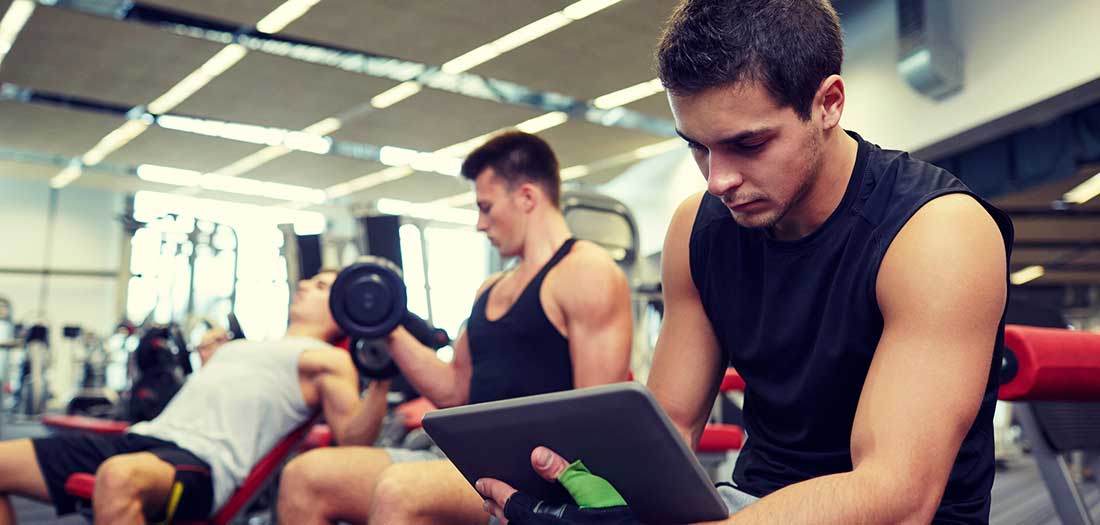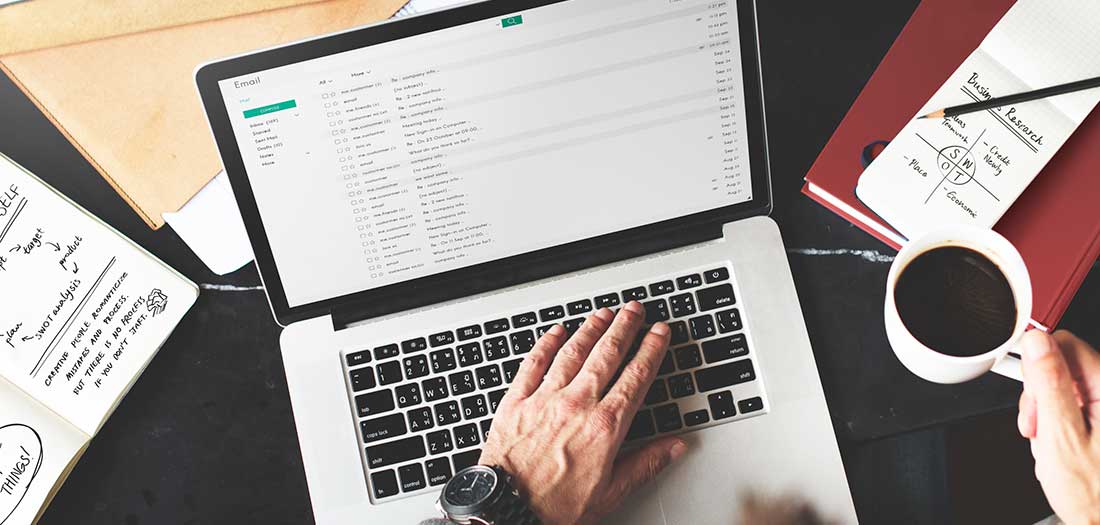Email is a universal communication tool for all types of business, fitness included. The impression you make with electronic communication is just as important as the words you speak in person. As electronic communication and connection has become 24/7, inboxes have become cluttered. The average person sends or receives approximately 120 messages a day. With this kind of volume, it’s important that your messages are easy to read and respond to. As a health and fitness pro, you are often on the go, and a full inbox makes it tempting to communicate in shorthand or text-like fashion. Unfortunately, this shortcut can often be misconstrued as careless, unprofessional or even rude. Make sure your email game is on point by utilizing these six tips for better email etiquette in the fitness industry.
Subject line simplicity

People often decide if they will or will not open an email based on the subject line. Keep it simple and to the point. Subject specificity makes the message searchable in a full inbox. Messages without subject lines suggest a lack of attention to detail or carelessness. Lastly, funny or coy subject lines discredit the message and also make it hard to prioritize or search for future reference.
Sensational salutations
Be sure to write a basic salutation such as, “Hi, Jane,” or “Good morning, Joe.” This may seem like an unnecessary step in crafting your message, but it sets a tone of respect and professionalism. Without a salutation, an email feels like someone barged in and just started talking. If you are emailing someone for the first time, take the time to introduce yourself. This is also a good time to build rapport with a polite statement such as, “I am excited to work with you on your fitness journey.” The email salutation is the electronic handshake that you make when you greet someone in person. Stick to professional greetings and avoid things like “Yo” or “Hey” in the workplace. It can also be a good idea to thank the recipient at the beginning of your message for either providing information or reaching out with an inquiry. “Thank you for contacting me” puts the reader at ease and fosters a positive working relationship.
Marvelous message
As electronic communication becomes more prevalent, it is no surprise that messages are sometimes forgotten or put off until tomorrow. To increase the odds of getting a quick response, get to the point of the email early in the message. People want to read and respond to messages quickly. Strive for clarity and brevity by using short, specific sentences. Numbered or bulleted points can help organize emails requiring more text. Often emails are necessary as documentation, so be specific in providing dates, times, locations and facts. Use caution, however, in emailing personal information such as client records, as this may violate HIPAA (Health Insurance Portability and Accountability Act) and raise concerns regarding confidentiality.
Savvy sign offs

The last step to creating a fantastic email is to include an appropriate closing statement along with your signature. It is nice to include a polite remark at the end of the message such as, “Please let me know if you have questions” or “I look forward to hearing from you.” After the polite remark, utilize a closing sentiment such as, “Thank you” or anything that allows you to demonstrate gratitude or well wishes to the receiver. Popular sentiments include “Sincerely,” or “Respectfully,” or more industry-specific favorites such as, "In Health" or “Namaste.” Avoid using casual sentiments such as “Cheers,” “Peace,” or “Ciao,” unless you are good friends with the receiver. At the end of the message, create a simple signature that includes your name, company and basic contact information. Avoid lengthy auto signatures or large logos as these can distract from the message.
Perfect punctuation
You don't have to have a degree in English to utilize proper grammar and punctuation. Sloppy emails are unprofessional and can convey a lack of effort. Take the time to capitalize sentences, double-check spelling and utilize punctuation. And be sure to use exclamation points sparingly. Fitness professionals are often very passionate about helping others and want to convey that excitement in written messages. One or two well-placed exclamation marks can make a nice statement. More than that can start to feel unprofessional or lessen the credibility of the sender. Also, emojis are fun, but they don't have a place in most professional communication. Make sure that they are appropriate for the nature of the message and the recipient before you add a winky face. Lastly, don't forget the importance of proofreading, take a few moments before pressing send to avoid mistakes, even from your phone.
Address attention
If you work for a company, use the company-provided email address. If you work for yourself, create an email that clearly identifies who you are and your role. Avoid using nicknames or personal interests as your address. Lunges4lyfe or loverofdogs99 are not appropriate for professional communication no matter how much you love leg exercises or pups.
At this time, nearly all industries communicate via electronic message. Set yourself apart in the sea of messages by taking a little extra time to craft professional inquiries and responses. Attention to etiquette will allow others to see you as a true professional, which builds trust, rapport and credibility.




 by
by 






 by
by